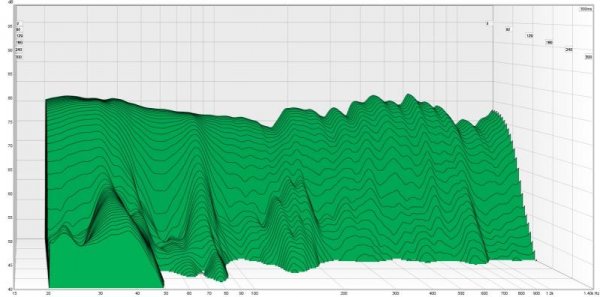Another added benefit of the correction is the "rediscovery" of many recordings in my collection. I believe that frequency and time domain distortions in loudspeaker playback can synergize or antagonize playback characteristics of certain recordings. For instance, a mid-bass hump in response can be very welcome in listening to certain old rock recordings that were "too lean" in that range, but the same hump makes a piano recording sound bloated and slow. Response abnormalities can either co-exist peacefully or make recordings unpleasant for listening. Overall, room response errors seem to reduce the number of recordings that sound REALLY GOOD on many systems. Another member just posted that some audiophiles continually listen to excerpts from about 20 discs because those are what sound good. That is Stage 4 Audiophile Burnout, with intervention necessary! So, with digital correction, I've found that many of my recordings that were "just OK" are now much more enjoyable. That is the ultimate purpose of this hobby, isn't it?
For the cost, I'd suggest that anybody interested give the Amarra/Dirac playback software a try.
Lee
For the cost, I'd suggest that anybody interested give the Amarra/Dirac playback software a try.
Lee














